What Makes Invisalign Unique?
Unlike traditional braces, Invisalign uses a series of custom-made, clear plastic aligners to gently guide your teeth into their ideal position. Each set of aligners is worn for about 1–2 weeks before moving on to the next.
But the real magic happens before the first aligner is even made—during the personalized treatment planning process.
The Power of Individualized Care Plans
1. Tailored Treatment = Better Results
No two mouths are alike. Your teeth, jaw alignment, bite issues, and even lifestyle habits all factor into how successful your Invisalign treatment will be.
With advanced 3D scanning technology like iTero®, dentists and orthodontists can create a digital map of your mouth. From there, they develop a precise treatment roadmap that:
-
Predicts tooth movement over time
-
Accounts for your specific bite alignment and spacing
-
Adjusts timelines based on how your teeth respond
This means fewer surprises, more predictable outcomes, and a smile that’s uniquely yours.
Fun fact: Some patients finish treatment in as little as 6 months when plans are optimized from the start!
2. Improved Compliance Through Personalization
Let’s be honest—no treatment works if you don’t stick to it. Invisalign aligners must be worn 20–22 hours a day, which can be a challenge without the right support system.
Here’s where individualized plans shine:
-
Custom wear schedules accommodate your lifestyle (e.g., travel, public speaking, sports).
-
Check-in frequency is tailored to your comfort level—some prefer in-person visits, others opt for virtual monitoring.
-
Progress tracking tools help keep you motivated, often showing before-and-after simulations so you can visualize results.
When patients feel understood and supported, they’re far more likely to follow the plan—and success follows compliance.
3. Supporting Long-Term Oral Health
Beyond the aesthetics, Invisalign plays a vital role in improving overall dental health—especially when guided by a personalized strategy.
Misaligned teeth can lead to:
-
Gum disease due to difficulty cleaning crowded areas
-
Jaw pain or TMJ from bite misalignment
-
Excessive wear on certain teeth
A customized plan doesn’t just straighten teeth—it also:
-
Protects tooth enamel by balancing bite pressure
-
Prevents future complications by addressing root causes
-
Helps maintain cleaner, more accessible surfaces for brushing and flossing
Think of it as preventive care with a cosmetic bonus.
Who Benefits Most from an Individualized Invisalign Plan?
While Invisalign is versatile, it works especially well for:
-
Teens and adults who are responsible with wearing aligners
-
Busy professionals needing discreet treatment
-
People with mild to moderate misalignments
-
Patients who’ve had braces before but experienced shifting
Even complex cases can be managed with Invisalign when an experienced provider customizes the approach.
How to Get Started
Ready to see if Invisalign is a fit for you? Here’s what to expect:
-
Consultation: A 3D scan and discussion of your goals
-
Treatment Plan Creation: Customized digital roadmap of your smile
-
Aligner Fitting: First trays delivered and worn daily
-
Progress Check-ins: Virtual or in-office based on your preference
-
Final Retainers: To maintain your new smile long-term
Conclusion: It’s Not Just Invisalign—It’s Your Invisalign
Going back to Jenna, she stuck to her custom plan, checked in virtually once a month, and reached her smile goals right in time for her honeymoon. For her, Invisalign wasn’t just about straight teeth—it was about confidence and feeling like herself again.
If you’re considering Invisalign, remember: success isn’t just in the aligners. It’s in the plan, the support, and the personalization.

Frequently Asked Questions
1. Is Invisalign as effective as braces?
Yes, for most mild to moderate alignment issues, Invisalign can be just as effective. However, complex cases may still require traditional braces or a combination of treatments.
2. How long does Invisalign treatment take?
Treatment typically lasts between 6–18 months, depending on the complexity of your case and how well you follow the plan.
3. Can I remove Invisalign aligners whenever I want?
Yes, but they must be worn 20–22 hours a day to be effective. Removing them too often can delay progress.
4. Does Invisalign hurt?
You may feel some pressure or discomfort when switching to a new set of aligners, but it usually subsides in a few days.
5. How often do I need to visit the dentist during treatment?
It depends! With personalized care, visits may range from every 6 weeks to virtual check-ins monthly.
6. What happens if I lose an aligner?
Contact your provider immediately. They may advise moving to the next tray or replacing the lost one.
7. Can Invisalign fix bite issues?
Yes, Invisalign can correct overbites, underbites, and crossbites when planned properly by an experienced provider.
8. Is Invisalign more expensive than braces?
Costs vary but are generally comparable. Your provider can give you a detailed estimate based on your plan.
9. Will I need retainers after Invisalign?
Yes, wearing retainers after treatment helps maintain your results and prevents your teeth from shifting back.
10. How do I clean my aligners?
Use lukewarm water and a soft toothbrush, or a special Invisalign cleaning solution. Avoid hot water—it can warp the plastic.

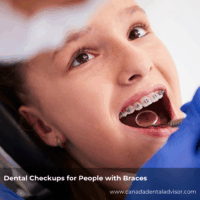

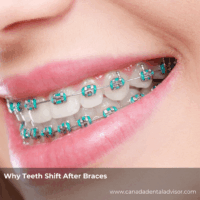

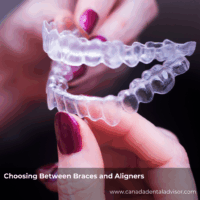

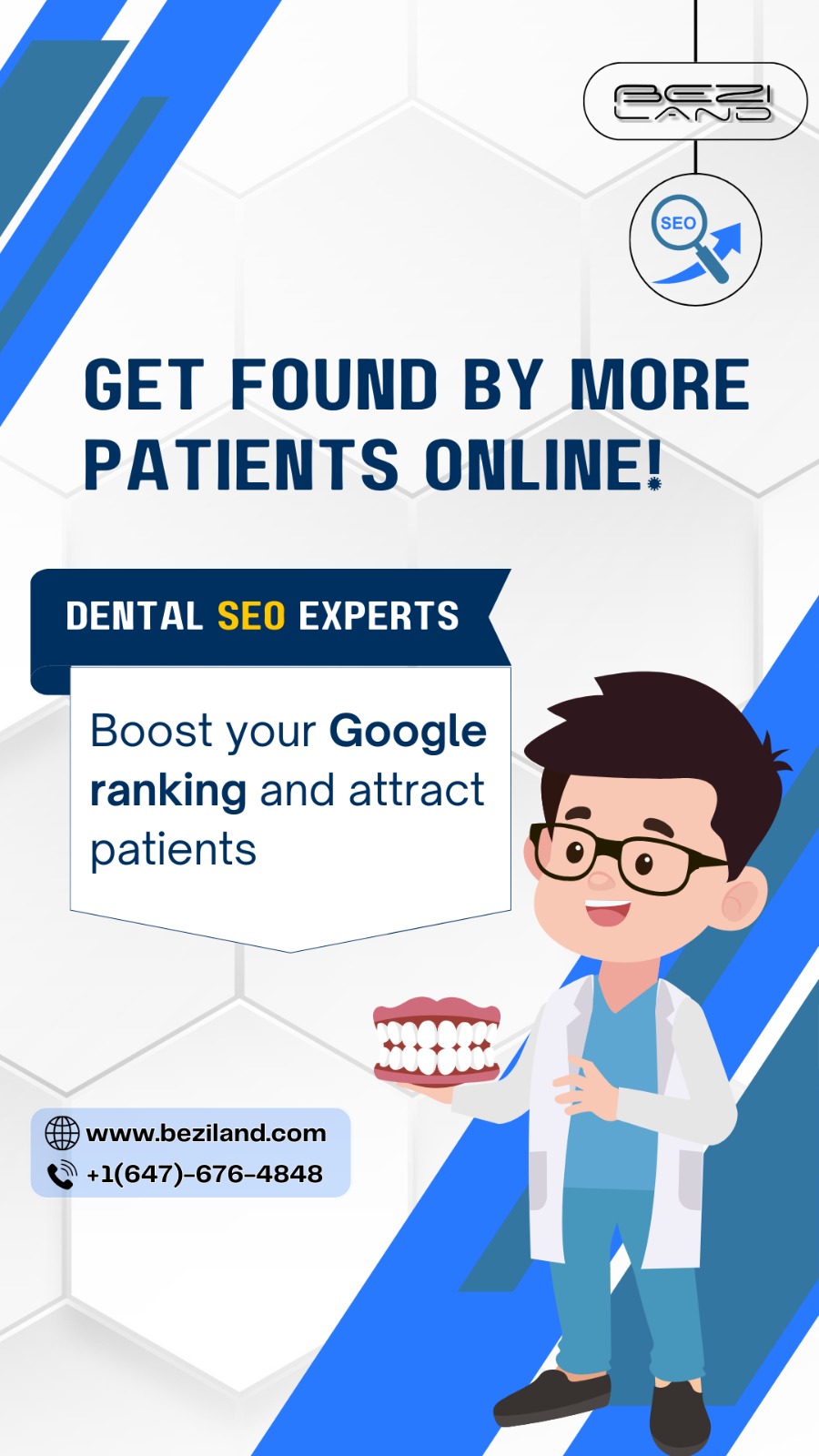
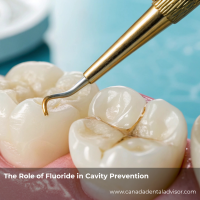


Leave a Reply